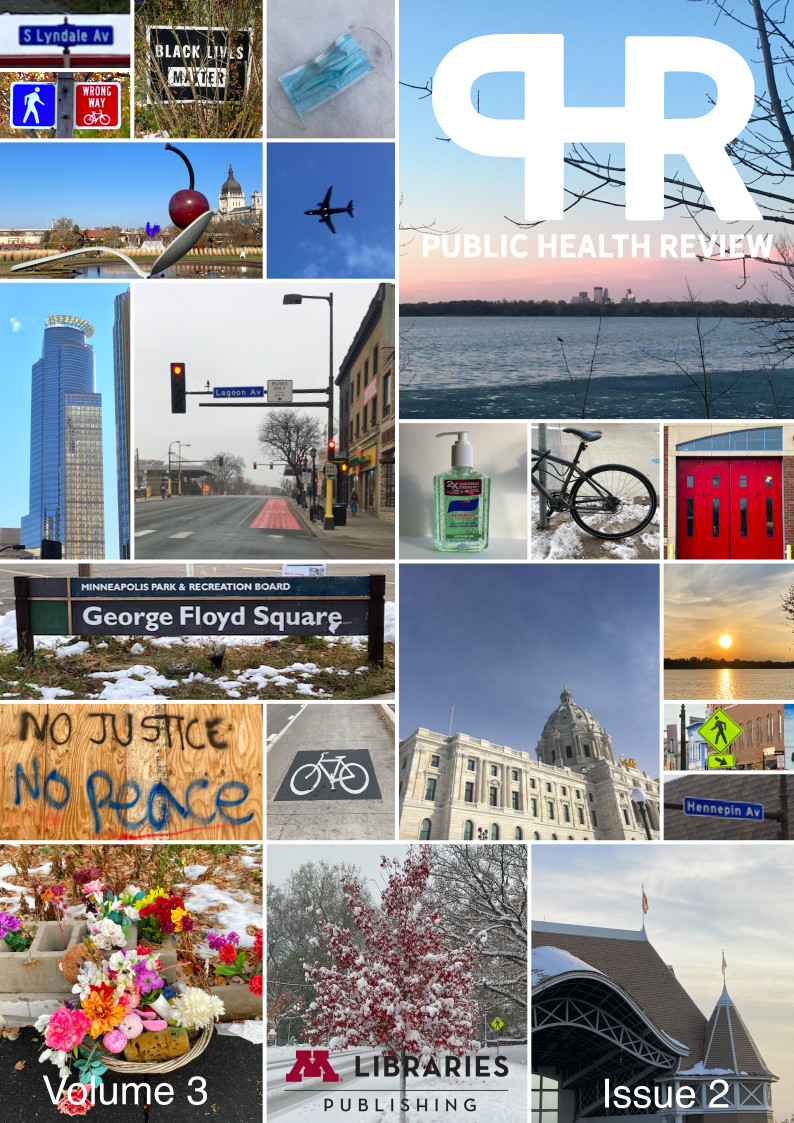The Economic Burden of Extended—Release Pharmaceuticals in Minnesota
Jiani Zhou
Division of Health Policy and Management, School of Public Health, University of Minnesota, Minneapolis, MN
Alexander Everhart
Division of Health Policy and Management, School of Public Health, University of Minnesota, Minneapolis, MN
Laura Barrie Smith
Urban Institute, Washington, DC
Yuanyuan Qiu
College of Science and Engineering, University of Minnesota, Minneapolis, MN
Yi Zhu
Information and Decision Sciences Department, Carlson School of Management, University of Minnesota, Minneapolis, MN
Abstract
Many drugs come in two forms, immediate—release and extended—release, that are differentiated by the way the drug is released. Immediate—released formulations of drugs release the active ingredient immediately after administration. On the other hand, extended—released formulations have a prolonged release period. Compared to immediate—release formulations, extended—release formulations reduce patients’ dosing frequency but are often more expensive. We examined spending on a sample of drugs where extended—release formulations of the drugs offered no novel therapeutic benefit and decreased daily dosing frequency by no more than one pill compared to immediate—release formulations of the drugs. We projected potential cost savings for patients and insurers under four hypothetical scenarios involving switching some portion of extended—release formulations to either branded or generic immediate—release formulations using 2012 and 2016 data from the Minnesota All Payer Claims Database. We calculated total days supplied, insurer spending, and patient spending by formulation, adjusting for estimated insurer rebates. Our analytic sample included over 272 million days of therapy for 18 drugs across the two years of data. While the use of extended—release formulations varied across payers and years, extended—release formulations made up a disproportionate amount of total spending for different payers and patients. Overall, we found that patients and insurers could reduce their spending by up to 35% and 58%, respectively, by substituting extended—release formulations with therapeutically equivalent and minimally burdensome immediate—release formulations. Motivated by our results, we propose a pilot program allowing pharmacists to replace extended—release formulations with therapeutically equivalent immediate—release formulations for the 18 drugs in our sample.



